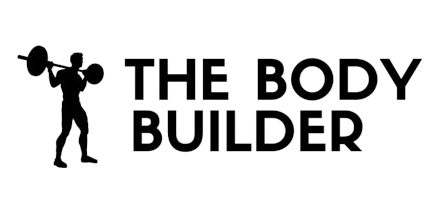Kettlebell Pistol Squat
Kettlebell Pistol Squat is a challenging exercise that requires balance, strength, and coordination. It is done with a kettlebell held with two hands by the horns. The exerciser then lifts one leg off the floor and squats with the other leg while holding the kettlebell in front. The motion requires flexing the knee and sitting back with the hips, holding the bottom position for a second before driving through the heel and keeping the head and chest up. It is an effective exercise to build strength and stability.
Type:
Strength
Muscles Used:
Quadriceps
Level:
Beginner
Equipment:
Kettlebells
Benefits Of This Exercise
- Improves balance and coordination
- Strengthens the legs and core muscles
- Increases mobility and flexibility
- Builds strength and stability
- Improves posture and body alignment
- Promotes proper hip mechanics
- Enhances overall athleticism
Step by Step Instructions For Kettlebell Pistol Squat
- Begin by picking up a kettlebell with both hands, making sure to grasp it firmly by the horns.
- With one leg raised off the floor, position yourself in a squatting position, placing your weight on the other leg.
- To perform the squat, start by flexing your knee and sitting back with your hips, while simultaneously holding the kettlebell up in front of you.
- Once you have reached the bottom position of the squat, hold it for a moment before initiating the reverse motion.
- To reverse the motion, drive through your heel and maintain a lifted head and chest posture.
- Lower yourself back down into the squat position and repeat the exercise.
Warm Up Tips
- Start with a dynamic warm-up to increase blood flow and prepare your muscles for the exercise. This can include exercises like jogging in place, jumping jacks, or high knees.
- Perform some bodyweight squats to warm up your leg muscles and practice the squatting motion. Focus on keeping your heels on the ground and maintaining good form.
- Do some hip mobility exercises to improve your range of motion. This can include exercises like hip circles, leg swings, or hip bridges.
- Hold onto a stable object for support and practice balancing on one leg. This will help improve your stability and prepare you for the single-leg squatting motion.
- Gradually increase the weight of the kettlebell you are using. Start with a lighter weight and gradually work your way up to the desired weight for the exercise.
- Perform a few sets of the kettlebell pistol squat with lighter weights to practice the movement and warm up your muscles. Focus on maintaining good form and control throughout the exercise.
- Take breaks between sets to rest and recover. Use this time to stretch your muscles and keep them loose.
- Listen to your body and adjust the intensity of the exercise as needed. If something feels too challenging or uncomfortable, modify the exercise or decrease the weight.
- Finish your warm-up with some static stretches to cool down your muscles and prevent any post-workout soreness
Kettlebell Pistol Squat Safety Tips
- Start with a light kettlebell weight and gradually increase the weight as you become comfortable with the exercise.
- Ensure that the kettlebell is securely held with two hands by the horns to prevent it from slipping and causing injury.
- Maintain proper form throughout the exercise by keeping your head and chest up, and your back straight.
- Avoid leaning too far forward or backward while squatting to prevent strain on the lower back.
- Engage your core muscles to stabilize your body during the movement.
- Keep your knee in line with your toes to prevent strain on the knee joint.
- Start with a shallow squat and gradually increase the depth as you become stronger and more flexible.
- Listen to your body and stop if you experience any pain or discomfort.
- If you have any pre-existing knee or hip issues, consult with a healthcare professional before attempting this exercise.
- Perform the exercise on a stable surface to ensure balance and prevent falls.
Incorporating Into Other Workouts
To incorporate the Kettlebell Pistol Squat into your workouts, you can follow these steps:
1. Warm up: Start with a dynamic warm-up to prepare your body for the exercise. This can include jogging, jumping jacks, or bodyweight squats.
2. Set up the kettlebell: Choose an appropriate weight kettlebell and hold it with two hands by the horns. Make sure you have enough space around you to perform the exercise safely.
3. Lift one leg off the floor: While maintaining your balance, lift one leg off the floor and extend it forward. This will be your supporting leg throughout the exercise.
4. Squat down: Flex the knee of your supporting leg and sit back with your hips, as if you are sitting on a chair. Keep your chest up and hold the kettlebell up in front of you.
5. Hold the bottom position: Once you reach the bottom of the squat, hold the position for a second to engage your muscles and improve stability.
6. Drive through the heel: Push through the heel of your supporting leg and extend your knee, returning to the starting position. Keep your head and chest up throughout the movement.
7. Repeat: Lower yourself again into the squat position and repeat the exercise for the desired number of repetitions or as instructed by your workout plan.
8. Cool down: After completing the Kettlebell Pistol Squats, cool down with some static stretching to help reduce muscle soreness and improve flexibility.
Remember, it is

